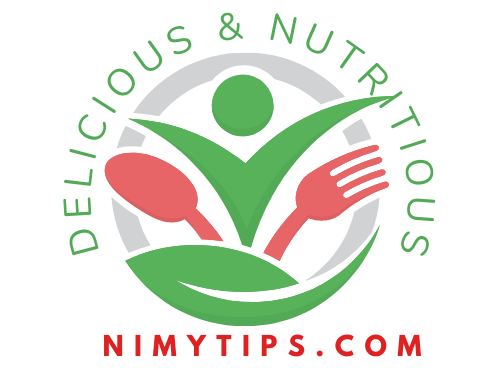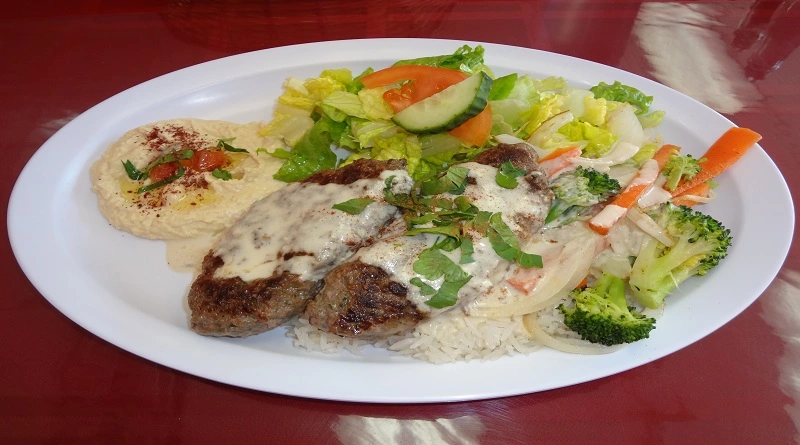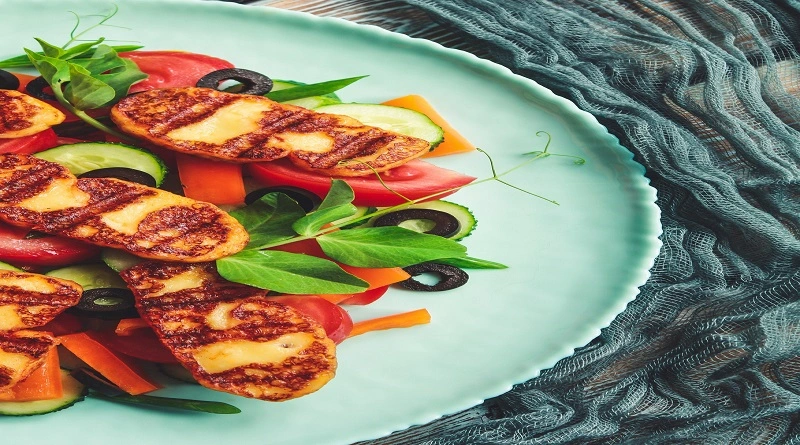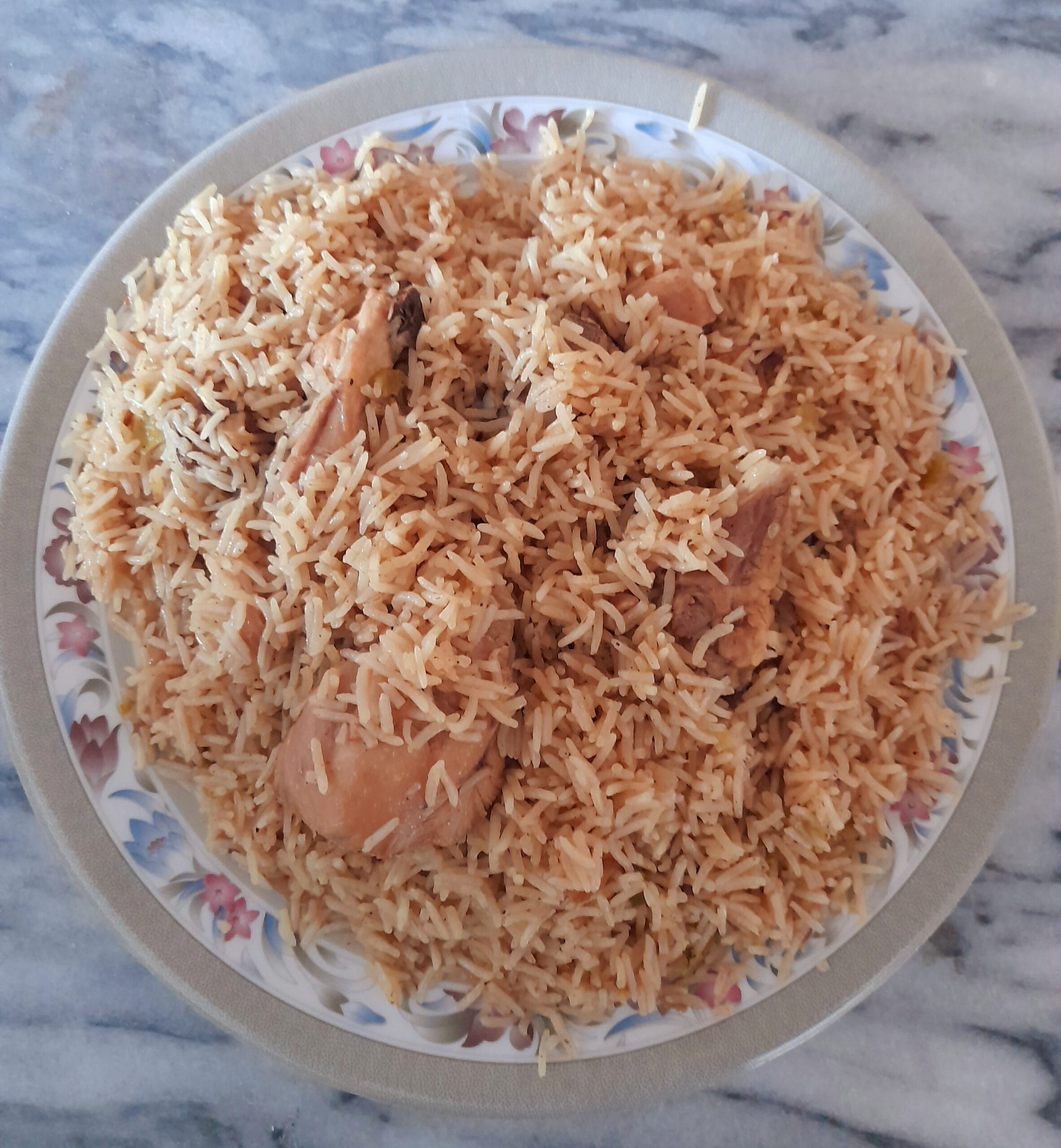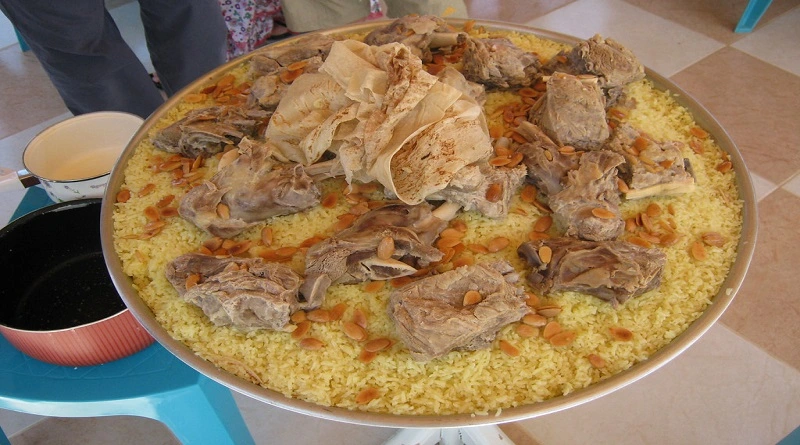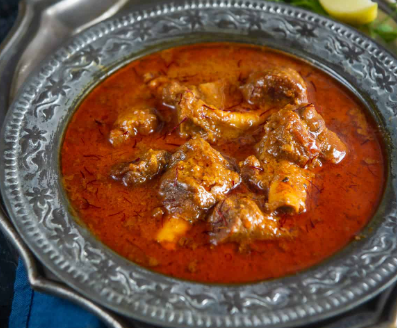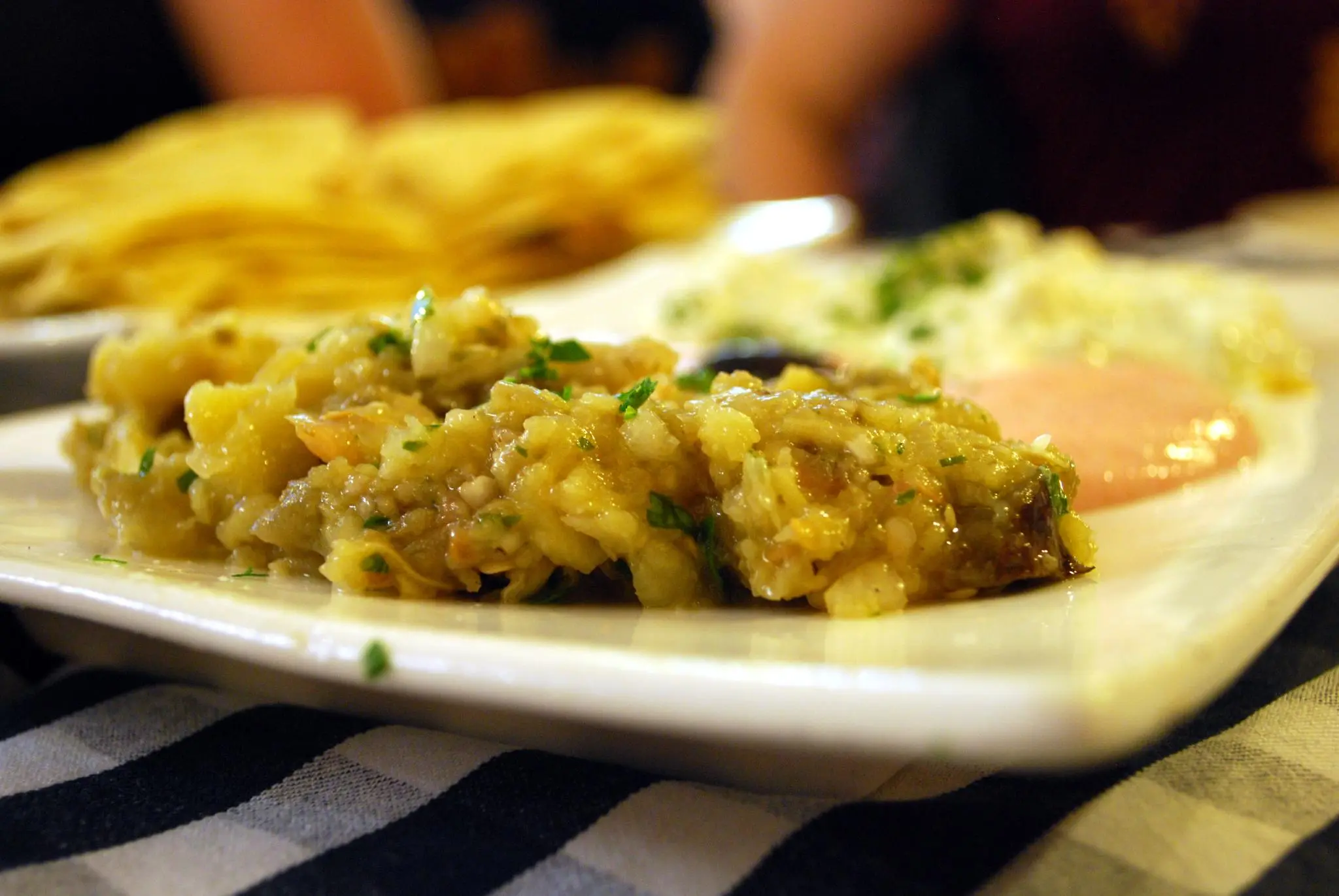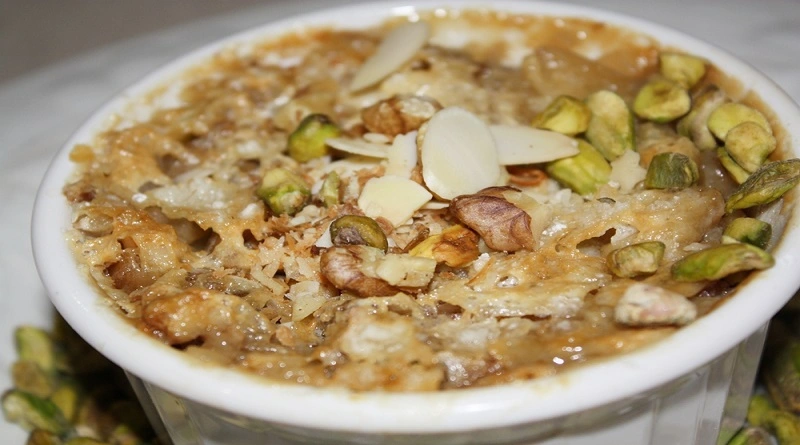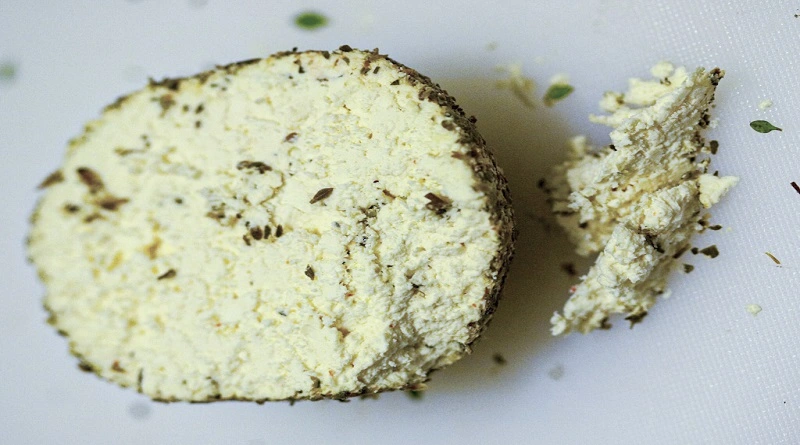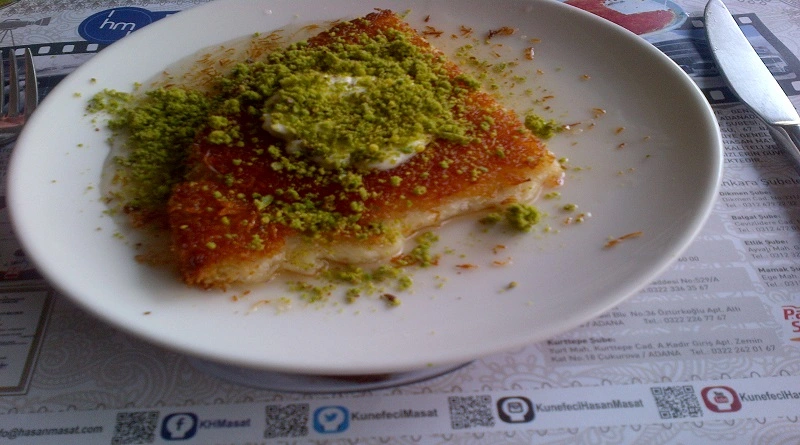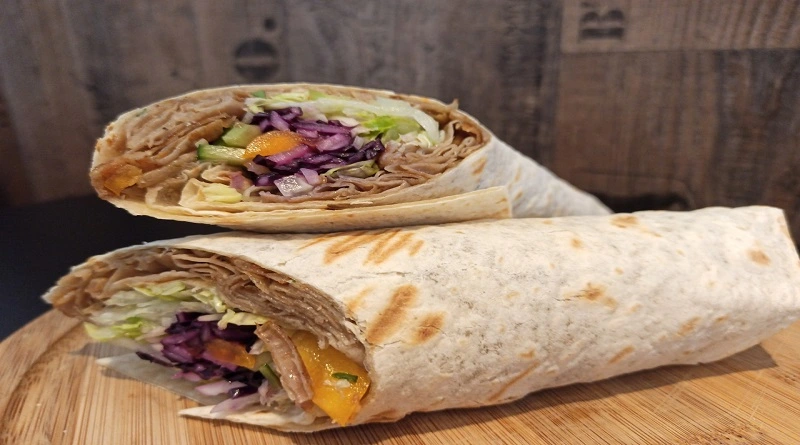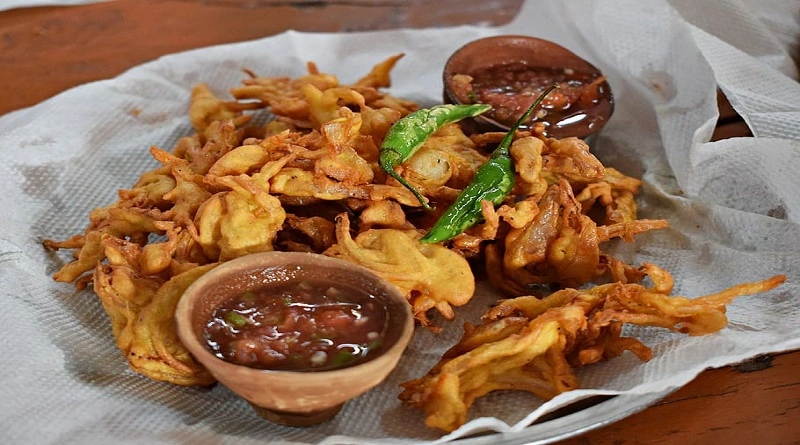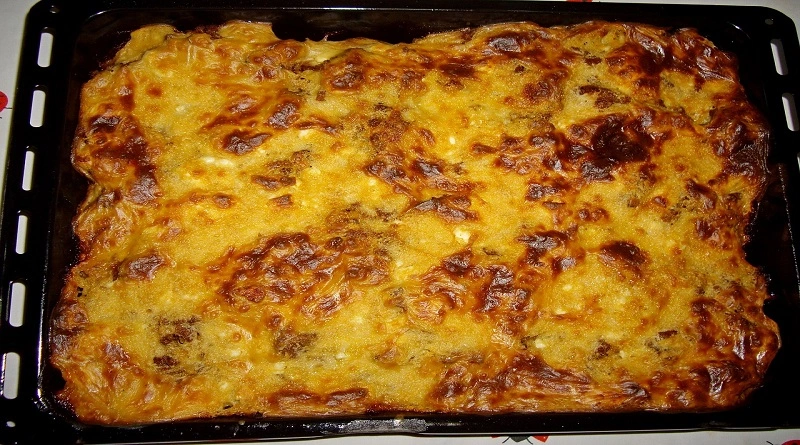Shanklish is a type of traditional cheese that originated in the Levant region, which includes Lebanon, Syria, Palestine, and Jordan. It is made from cow or sheep’s milk that is shaped into small balls and then aged in a mixture of spices and herbs, including za’atar, thyme, and red pepper.
The history of Shanklish dates back hundreds of years, with some sources suggesting that it was first made by the Phoenicians, who were renowned for their cheese-making skills. Over time, Shanklish became a staple food in the Levant region, where it was enjoyed by both rich and poor alike.
The cultural significance of Shanklish lies in its role as a traditional food that is deeply rooted in the local cuisine and culture of the Levant. It is often served as a mezze, or small dish, and is enjoyed with fresh bread, olives, and other traditional foods. The cheese’s distinct flavor and texture have also made it a favorite among food enthusiasts and chefs around the world.
Introduction
Shanklish is also a nutritious and healthy food. This cheese is made from cow’s milk or sheep’s milk and has a crumbly texture that makes it perfect for sprinkling on salads, dips, and pizzas. Not only is Shanklish delicious, but it also has numerous health benefits. This dish is among the ever liked dishes in the middle east like Baklava, Knafeh, Masgou, Kebab Karz, Mansaf, Shawarma, etc
It is high in protein and calcium, and the aging process helps to increase the cheese’s nutritional value and flavor. The cheese is also known for its probiotic properties, which can help to support digestive health. Shanklish is a nutritious cheese that offers several health benefits. In this article, we will discuss the step-by-step process of making this cheese at home, the ingredients needed, and the various ways you can enjoy this delicious Middle Eastern cheese.
Nutritional facts of Shanklish:
Shanklish cheese is a rich source of nutrients and provides several health benefits. Here are some of the nutritional benefits of this cheese:
High in Protein
Shanklish is a high-protein food that contains all the essential amino acids (containing approximately 7 grams of protein per 1 oz serving). Protein is essential for building and repairing tissues in the body, and it also helps to maintain a healthy immune system.
Rich in Calcium
Shanklish is also an excellent source of calcium (with 20% of the daily recommended intake in a 1 oz serving.), which is essential for strong bones and teeth. Calcium also helps to regulate muscle function and blood pressure.
Good Source of Probiotics
Shanklish cheese is a fermented food that contains probiotics. Probiotics are beneficial bacteria that help to improve digestion and boost the immune system.
Contains Vitamins and Minerals
Shanklish cheese is a good source of vitamins and minerals such as vitamin B12, riboflavin, and phosphorus.
Low Carbohydrates
This cheese is low in carbohydrates, with only 1 gram per 1 oz serving.
Health benefits:
In addition to its nutritional efficacy, Shanklish cheese also offers several health benefits:
Promotes Digestive Health
The probiotics in Shanklish cheese help to promote a healthy gut microbiome, which can improve digestion and reduce the risk of digestive issues such as bloating, constipation, and diarrhea.
Further this cheese is a low-lactose cheese, making it a suitable option for people who are lactose intolerant or have trouble digesting dairy products
Supports Bone Health
The high calcium content in Shanklish cheese can help to improve bone density and reduce the risk of osteoporosis.
Boosts Immune System
The probiotics in this cheese can help to boost the immune system by increasing the production of antibodies and improving the response of immune cells.
Lowers Cholesterol
Shanklish cheese is a low-fat cheese that can help to reduce cholesterol levels in the blood, which can lower the risk of heart disease.
Build Muscles
The protein in this cheese can help to build and repair tissues in the body, making it a great option for athletes and people with active lifestyles.
Overall, Shanklish is a nutritious and healthy cheese that provides several health benefits. It is a great addition to a balanced diet and can be enjoyed in various dishes or as a snack on its own.
Recipe of Shanklish
The cooking time of Shanklish is mainly dependent on the fermentation and drying times, which can take several days (5-7 Days). Once the cheese is ready, it can be stored in an airtight container in the refrigerator for several weeks.
Ingredients Needed
To make Shanklish at home, you will need the following ingredients:
- 1 quart of whole milk (cow or sheep)
- 2 tablespoons of fresh lemon juice
- 1/4 teaspoon of salt
- 2 tablespoons of olive oil
- 1/4 teaspoon of ground cumin
- 1/4 teaspoon of paprika
- 1/4 teaspoon of red pepper flakes
Utensils required
Here are the utensils required to make Shanklish:
- Large pot: A large pot is needed to heat the milk and allow it to ferment.
- Thermometer: A thermometer is necessary to monitor the temperature of the milk during the fermentation process.
- Cheese cloth: A cheese cloth or muslin cloth is needed to strain the curds from the whey after the milk has fermented.
- Bowl: A bowl is needed to collect the whey and hold the cheese curds while shaping them into balls.
- Shaping molds: Shaping molds are used to shape the cheese curds into balls before drying.
- Drying rack: A drying rack is used to place the shaped cheese balls to dry for several days to several weeks.
- Airtight container: Once this cheese is made, it can be stored in an airtight container in the refrigerator.
Step-by-Step Process
- In a large saucepan, heat the milk over medium heat until it reaches a temperature of 180°F. Stir occasionally to prevent the milk from scorching.
- Once the milk reaches 180°F, remove the saucepan from the heat and add the lemon juice. Stir gently until the milk curdles.
- Let the milk sit for 10 minutes to allow the curds to form.
- Line a colander with cheesecloth and pour the curdled milk into the colander. Allow the whey to drain from the curds for 10 minutes.
- After 10 minutes, gather the cheesecloth around the curds and twist the cheesecloth to squeeze out any excess whey.
- Add the salt, cumin, paprika, and red pepper flakes to the curds and mix well.
- Place the curds in a bowl and cover it with plastic wrap. Let the cheese ferment at room temperature for 3-5 days, depending on how tangy you want it to be.
- After 3-5 days, your Shanklish cheese is ready to be enjoyed!
Variations and Serving Suggestions
There are various ways you can enjoy Shanklish. Here are some serving suggestions:
- Crumble the cheese over a salad for added flavor and texture.
- Spread the cheese on a piece of toast or pita bread and top it with fresh herbs like parsley and mint.
- Use Shanklish as a topping for pizza or flatbread.
- Mix the cheese with some olive oil and serve it with fresh vegetables like cucumbers and carrots.
Precautions in cooking Shanklish
When making Shanklish at home, there are a few precautions you should keep in mind to ensure the safety and quality of your cheese. Here are some important precautions to take when cooking this cheese:
Use clean equipment:
Before making this cheese, make sure all utensils, containers, and surfaces are clean and free from bacteria. Use hot soapy water to wash your equipment thoroughly and rinse well. Also Make sure to wash your hands.
Use fresh milk:
To ensure the best quality Shanklish, it’s important to use fresh milk that has not expired. Make sure to check the expiration date before using the milk.
Use rennet properly:
When adding rennet to the milk, make sure to follow the instructions carefully. Adding too much or too little rennet can affect the texture and flavor of your cheese.
Use the right amount of salt:
The amount of salt used in the cheese-making process can affect the flavor and texture of the cheese. Be sure to follow the recipe carefully and use the recommended amount of salt.
Monitor fermentation:
During the fermentation process, it’s important to monitor the cheese regularly to ensure it is fermenting properly. Check the cheese daily for any signs of mold or spoilage.
Avoid cross-contamination:
When handling the cheese, be sure to avoid cross-contamination with other foods. Use separate cutting boards, knives, and other equipment to prevent the spread of bacteria.
Store properly:
Once the cheese is ready, store it in an airtight container in the refrigerator. This cheese can be stored for up to two weeks in the refrigerator.
By following these precautions, you can ensure that your Shanklish cheese is safe to eat and of the highest quality. Enjoy your homemade Shanklish with confidence, knowing that you have taken the necessary steps to create delicious and healthy cheese.
Side effects of Shanklish
While Shanklish cheese is generally safe to eat and can be a healthy addition to your diet, there are some potential side effects to keep in mind. Here are some possible side effects of this cheese:
- High in fat: This cheese is a high-fat cheese and should be consumed in moderation, especially if you are trying to manage your weight or have a history of high cholesterol.
- High in sodium: Shanklish is also high in sodium, which can be a concern for people with high blood pressure or other health conditions. Again, it’s important to consume this cheese in moderation and be mindful of your sodium intake.
- Dairy intolerance: Shanklish cheese is made from milk and may cause problems for people who are lactose intolerant or have a dairy allergy. If you have these conditions, you should avoid consuming this cheese.
- Foodborne illness: While rare, it is possible to get sick from eating Shanklish cheese that has been contaminated with harmful bacteria. To reduce the risk of foodborne illness, make sure to follow proper food safety precautions when making and storing this cheese.
- Allergic reactions: If you are allergic to dairy products, you may experience an allergic reaction after consuming this cheese. Symptoms can include hives, itching, swelling, and difficulty breathing. If you experience any of these symptoms after eating this cheese, seek medical attention immediately.
In general, this cheese is a safe and healthy food to eat in moderation. However, it’s important to be aware of the potential side effects and take the necessary precautions to ensure that you are consuming it safely. If you have any concerns about consuming this cheese, consult with your healthcare provider or dietitian.
Conclusion
Making Shanklish cheese at home is an easy process that can be enjoyed by anyone. This Middle Eastern cheese is full of flavor and can be eaten in a variety of ways. By following the steps outlined in this article, you can make your own delicious Shanklish cheese and impress your loved ones with your cooking abilities. Whether you add it to your salad, spread it on toast or pizza, or enjoy it on its own, Shanklish cheese is sure to be a hit.
FAQs
What kind of milk should I use to make Shanklish?
You can use cow’s milk or sheep’s milk to make it. Both will yield delicious results.
How long does Shanklish need to ferment?
It needs to ferment at room temperature for 3-5 days, depending on how tangy you want it to be.
Can I use a different blend of spices to flavor my Shanklish?
Yes, you can experiment with different spices to give your dish a unique flavor.
How long will Shanklish last in the refrigerator?
It will last for up to two weeks in the refrigerator.
Can I freeze Shanklish for later use?
Yes, you can freeze it for up to three months. It’s best to wrap the cheese tightly in plastic wrap before freezing.
Can I use pasteurized milk to make Shanklish?
Yes, you can use pasteurized milk to make it, but keep in mind that the cheese may not ferment as well as it would with raw milk.
Can I make Shanklish with goat’s milk?
Yes, you can make it with goat’s milk, but keep in mind that the cheese will have a stronger flavor than if made with cow’s or sheep’s milk.
Is Shanklish a healthy cheese option?
It is a good source of protein and calcium, but it is also high in fat and sodium. As with all foods, they should be enjoyed in moderation as part of a balanced diet.
References
- “The Arabian Nights Cookbook: From Lamb Kebabs to Baba Ghanouj, Delicious Homestyle Arabian Cooking” by Habeeb Salloum.
- “Arabian Delights: Recipes & Princely Entertaining Ideas from the Arabian Peninsula” by Amy Riolo.
- “The Complete Middle Eastern Cookbook” by Tess Mallos.
- “Classic Lebanese Cuisine: 170 Fresh and Healthy Mediterranean Favorites” by Kamal Al-Faqih.
- “The Food of Oman: Recipes and Stories from the Gateway to Arabia” by Felicia Campbell.
- “The Lebanese Kitchen: Quick and Healthy Recipes” by Monique Bassila Zaarour.
- “Persiana: Recipes from the Middle East & Beyond” by Sabrina Ghayour.
- “The Jewelled Kitchen: A Stunning Collection of Lebanese, Moroccan and Persian Recipes” by Bethany Kehdy.
- “Saha: A Chef’s Journey Through Lebanon and Syria” by Greg Malouf.
- “The New Middle Eastern Vegetarian: Modern Recipes from Veggiestan” by Sally Butcher.
- https://en.wikipedia.org/wiki/Shanklish
